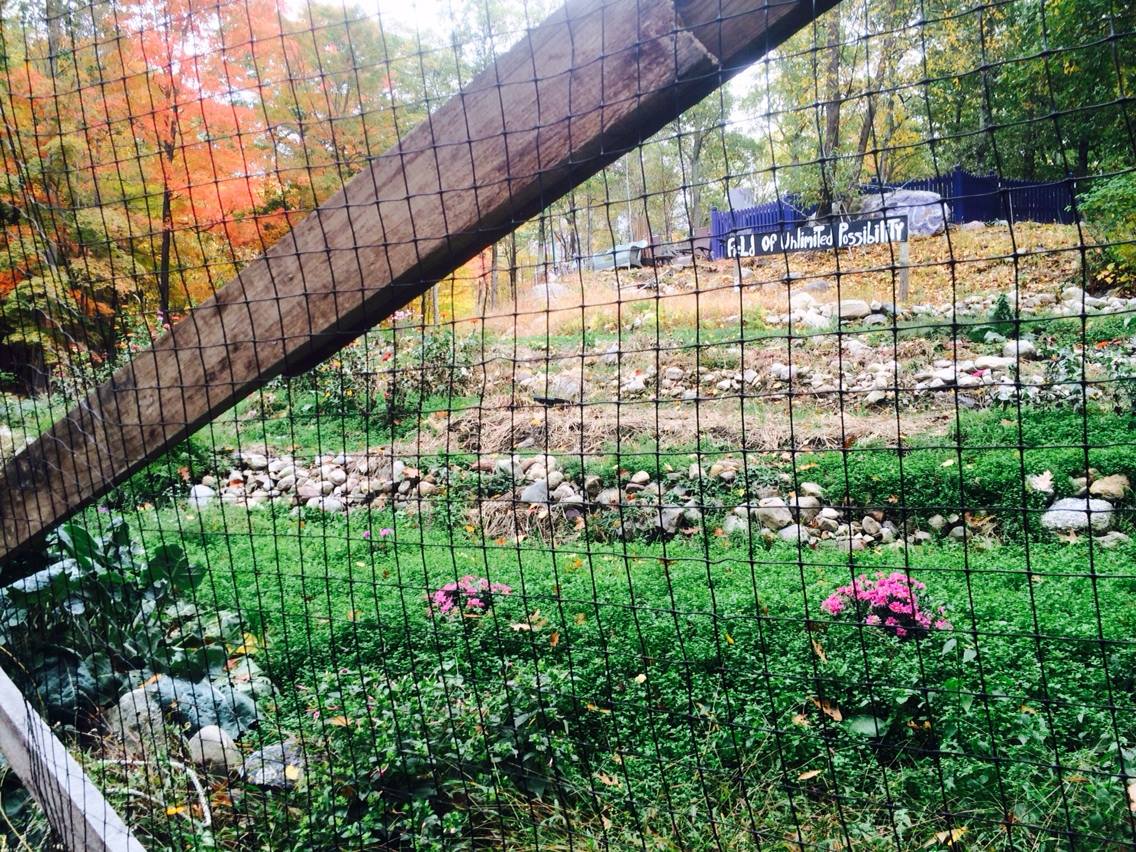For the most part, the soil is a mystery. Based on the rate of discovery it is estimated that only 5% of bacteria and 10% of fungi have even been identified. As Leonardo da Vinci said, “We know more about the movement of celestial bodies than about the soil underfoot.”
What we do know is that soil is alive with, not just the animals and arthropods that we can see, but trillions upon trillions of microscopic organisms with names like fungi, bacteria, actinomycete, protozoa, and nematode.
Think of microbes as the plankton of the soil. They are the base of the “soil food web”, working to recycle the waste of the world into plant food. They make compost, and beer, cheese, kombucha, bread, mushrooms, and so much more.
There is another universe in the soil that is completely out of sight without a microscope. Here are some statistics:
- Up to 500,000 bacteria can fit in the period of the exclamation point at the end of this sentence!
- There are literally billions of microbes and miles of fungal hyphae in a couple tablespoons of good compost.
- A teaspoon of colloidal humus has the surface area of a football field!
- The average bacterial cell is 1/25,000 of an inch in length and even smaller in diameter. In other words, one could place 25,000 bacteria cells, side by side, on an inch-long line.
- By contrast, if 25,000 people were lined up shoulder to shoulder, they would make a line over 18 miles long.
- Microbes are everywhere, there are more microbial cells in and on a human not taking antibiotics than there are human cells.
- The book Secrets of the Soil says that a single microbe reaching maturity and dividing within less than half an hour, can, in the course of a day, grow into 300 million more; and in another day, to more than the number of human beings that have ever lived.
- According to the book Microcosmos, bacteria, in four days of unlimited growth, could outnumber all the protons and even the quarks estimated to exist within the universe.
- A typical bacteria would be something like 0.003 mm long and it would weigh only 0.000000000001 grams.
- Recently nanobacteria called archaea a hundred times smaller than common bacteria, have been found.
- At the other end of the scale, giant bacteria are known. One, Epulopiscium fishelsoni is 0.06 mm long and 0.008 mm wide.
- True diversity cannot be understood in a lab or with a microscope. It can only be established through DNA testing. Even then, how do we even know what we’re looking for?
- The best indication of diversity is whether the inoculant was created in a natural setting, preferably a farm, and in the how well the product performs when growing plants.
- Lab-based inoculants lack the strength of microbes from Nature. Microbes from Nature have more life experience.
BioEnergetic farming is soil-centered. Feed the soil, not the plant. Organic fertilizers are the baking ingredients, and compost tea is like the yeast that makes the bread. Conventional farming is drowning, “organic” farming is treading water, and BioEnergetic farming is swimming where you want to go.
The last 50 years in agronomy has been dominated by a mineral, and mostly artificial, approach to agriculture. Big Ag is a result of the misguided business model of large corporations selling artificial chemicals, pesticides, herbicides, etc. that value profit over farming and work to kill soil microbes. The soil is no more than an inert sponge.
It doesn’t take much to turn dirt into soil. And it starts with soil microbes.

